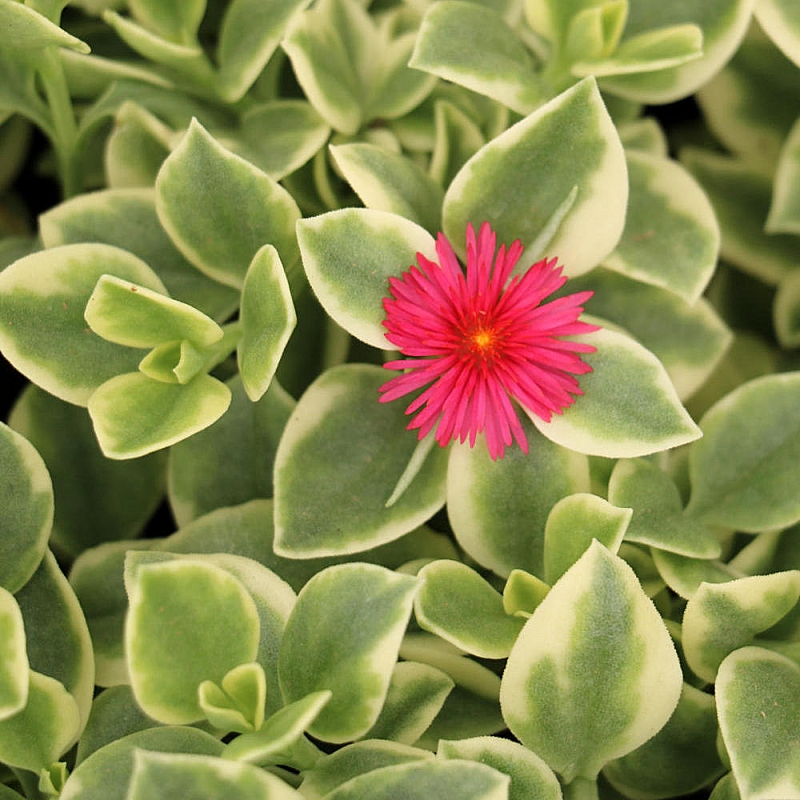
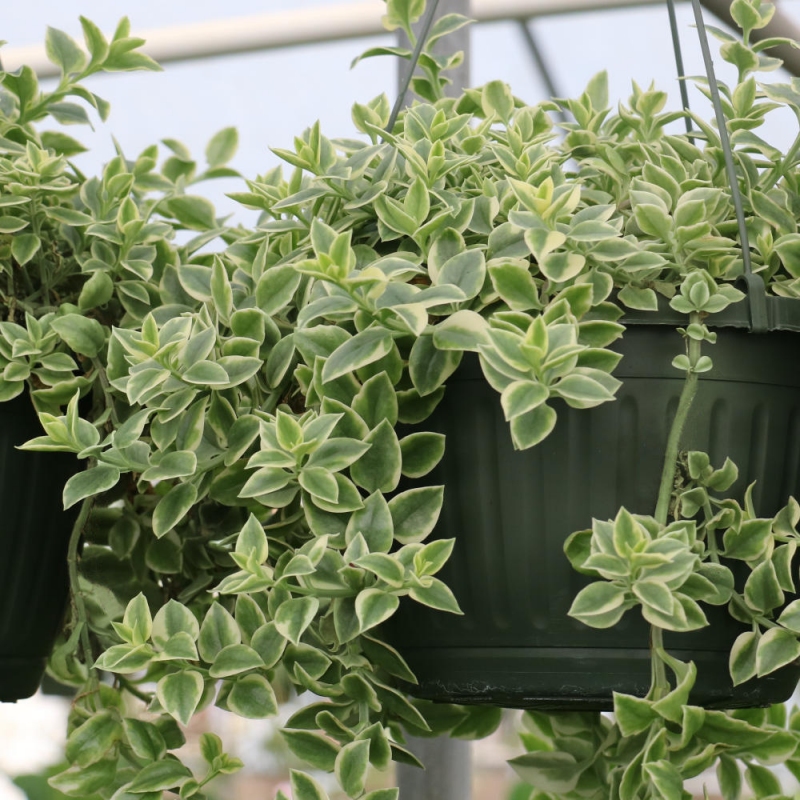
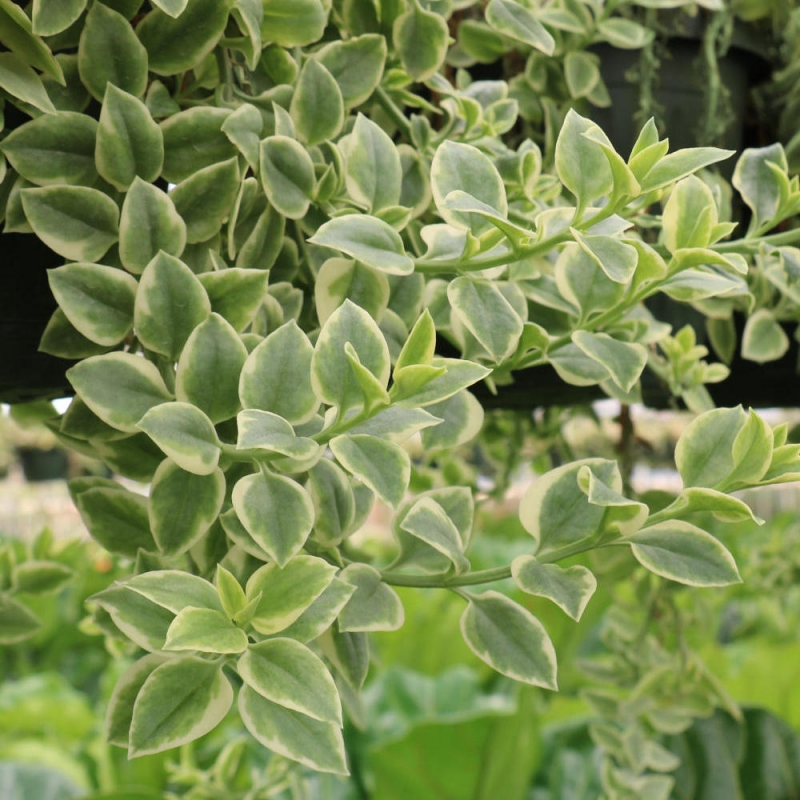
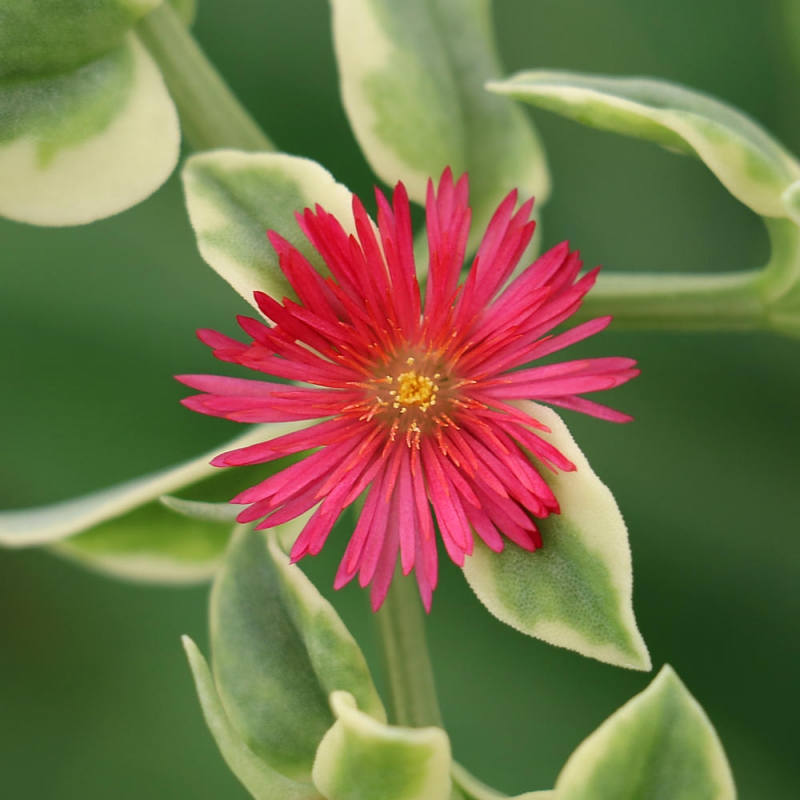
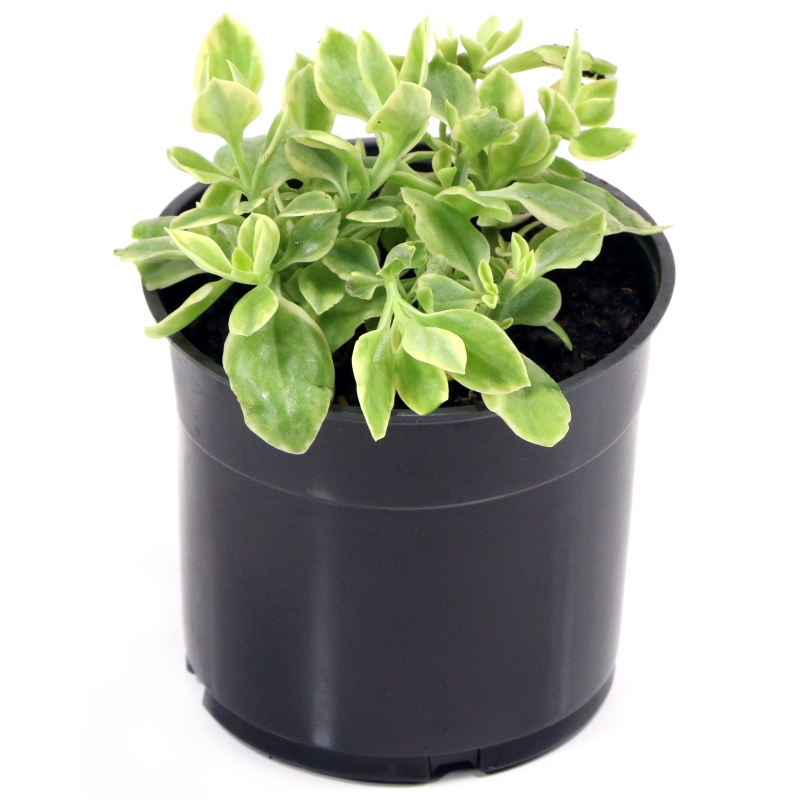
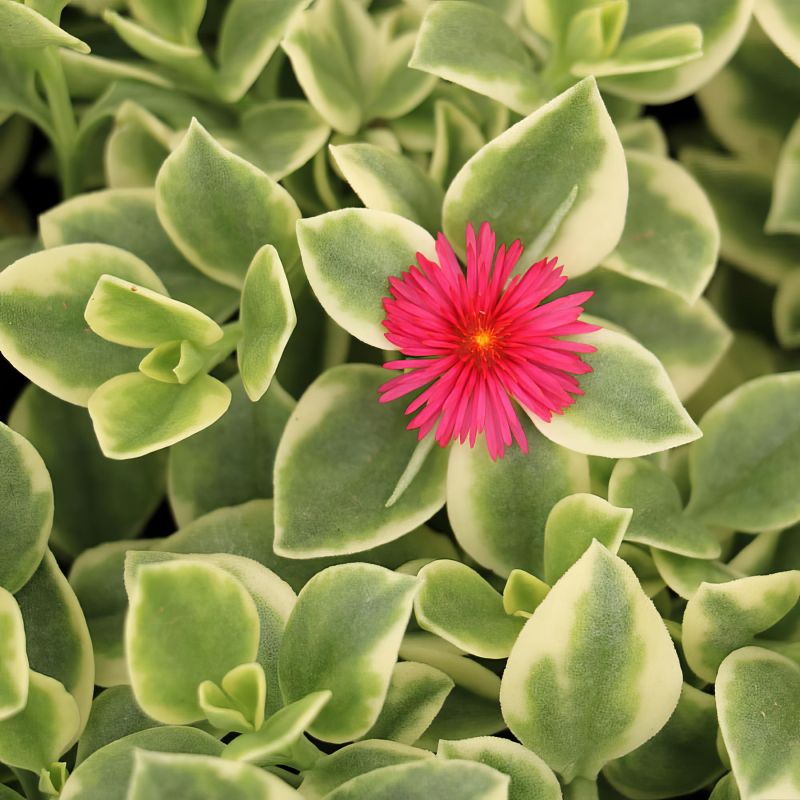
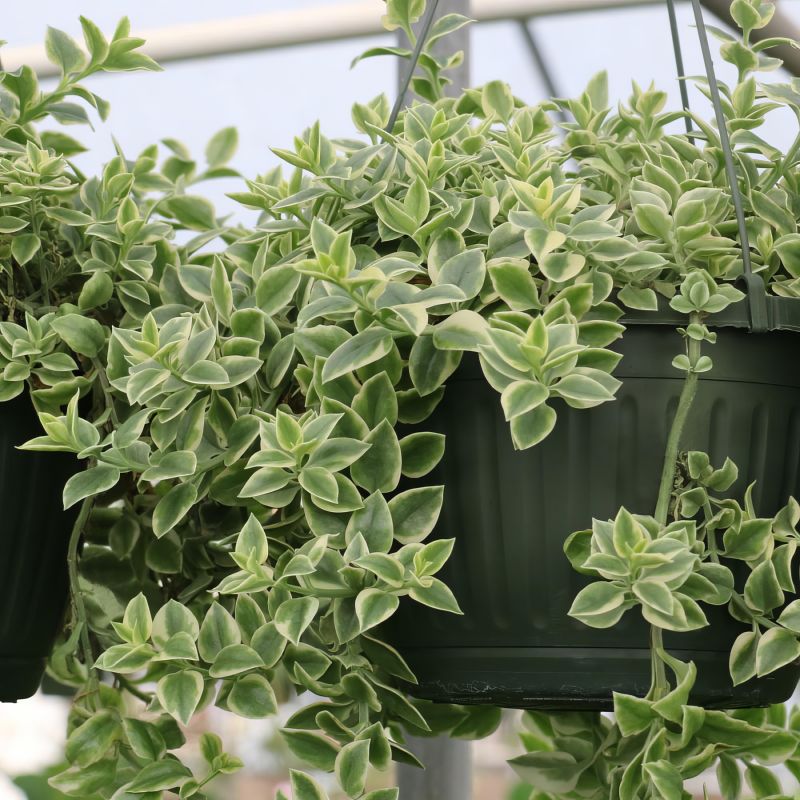
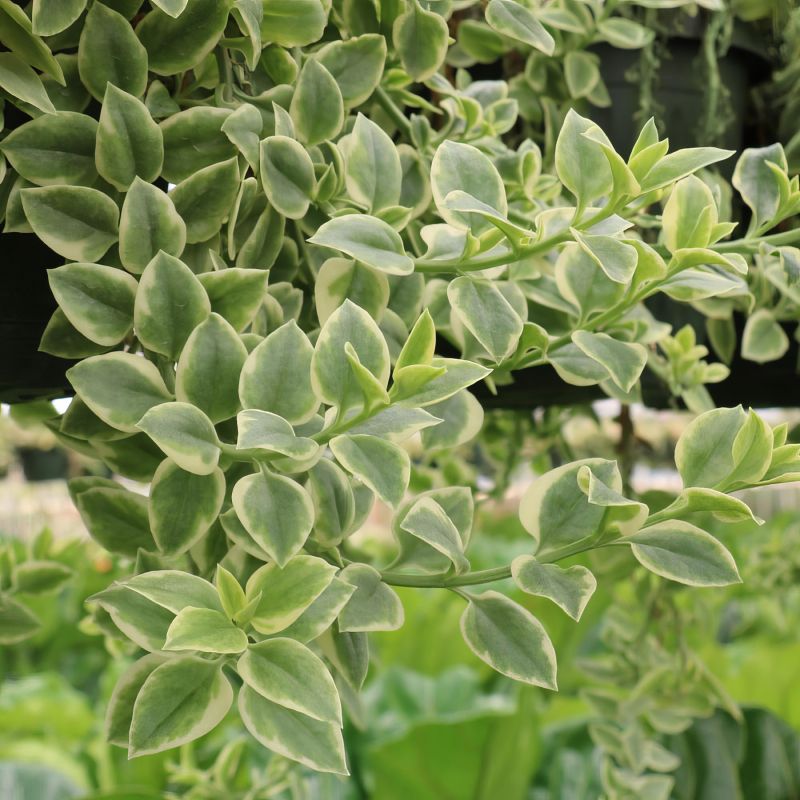
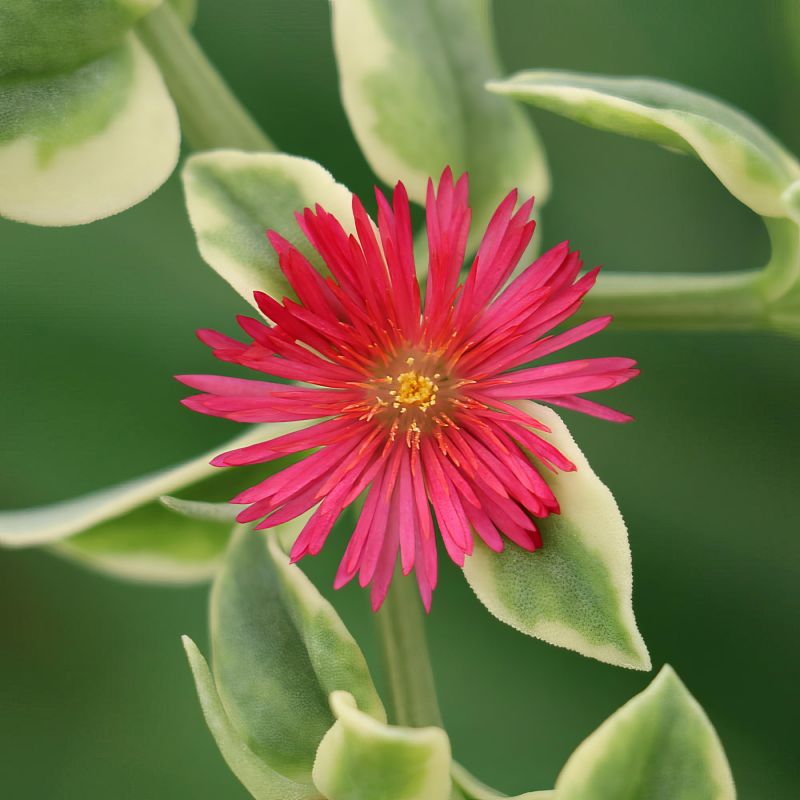
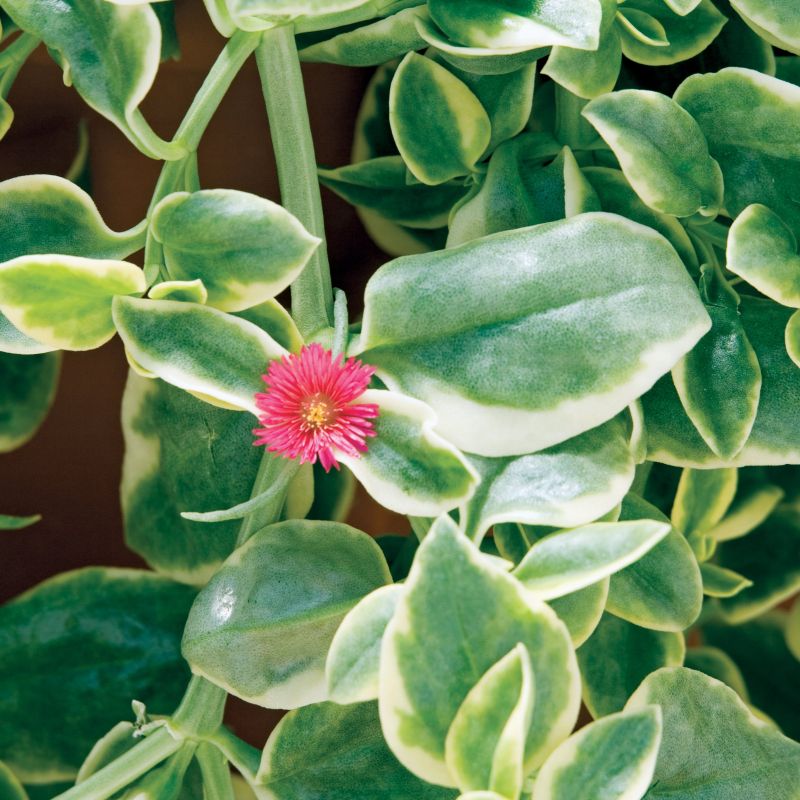
Dorotheanthus, Livingstone Daisy
Dorotheanthus bellidiflorus Mezoo
87 reviews
Dorotheanthus, Livingstone Daisy
Dorotheanthus bellidiflorus Mezoo
87 reviews
- Thrives in hot, dry conditions
- Produces vibrant and colorful blooms
- Easy to grow and low maintenance
- Recommended by landscape designers for optimal fit in real yards
$59.00
$85.00
30% Off
- Ships to in 3-5 Days
- Free Shipping Over $150
- Plant Arrival Guarantee
- In Stock
- Free Plant Consult
$200 - Landscape-Approved: Every Plant We Sell Comes With Design Expertise Behind It
5.5"
We are sorry, product is currently out of stock due to seasonal availability. Please check the "Related plants available in your area" section below
Not just beautiful - intentionally selected by ShrubHub's 3D landscape design team to fit real-world spaces and maximize yard potential.
Why Dorotheanthus, Livingstone Daisy?
Dorotheanthus, also known as Livingstone Daisy, is a colorful and low-maintenance annual plant native to South Africa. With its vibrant flowers in shades of pink, red, and white, Dorotheanthus is a popular choice for adding a pop of color to gardens and containers. Its trailing habit also makes it ideal for hanging baskets and cascading over walls.
Sunlight
Dorotheanthus, or Livingstone Daisy, thrive in full sunlight and require at least 6-8 hours of direct sun exposure daily to bloom and grow successfully. These drought-tolerant plants prefer well-draining soil and can tolerate hot and dry conditions.
Watering
Dorotheanthus, also known as Livingstone Daisy, requires well-drained soil and should be watered sparingly. It is drought-tolerant and should only be watered when the soil is dry, typically every couple of weeks. Overwatering can lead to root rot and poor
Fertilizing
Dorotheanthus, Livingstone Daisy, prefers well-draining soil with a balanced fertilizer applied in early spring and again in mid-summer. Use a slow-release fertilizer high in phosphorus to encourage blooming. Avoid overfertilizing, as it can lead to leggy
Dorotheanthus, Livingstone Daisy (Dorotheanthus bellidiflorus Mezoo)
The Dorotheanthus, also known as Livingstone Daisy, is a beautiful flowering plant that belongs to the Aizoaceae family. It is native to South Africa and is known for its vibrant and colorful flowers that bloom in shades of pink, orange, red, and yellow.
This low-growing succulent plant is an excellent choice for ground cover or adding a pop of color to rock gardens, borders, or containers. Its fleshy leaves are green to reddish in color and have a glossy appearance, making them stand out in any garden setting.
Dorotheanthus thrives in full sun and well-drained soil, making it a low-maintenance plant that is drought-tolerant once established. It blooms profusely in the spring and summer months, attracting butterflies and other pollinators to your garden.
With its easy cultivation and stunning blooms, the Dorotheanthus Livingstone Daisy is a must-have for any garden enthusiast looking to add a touch of color and beauty to their outdoor space.
Plant Information:
| Botanical Name: | Dorotheanthus bellidiflorus Mezoo |
| USDA Zones: | 5 - 11 |
| Mature Height: | 5 in |







Pollination Info
Pollination Info for Dorotheanthus (Livingstone Daisy)
Dorotheanthus, also known as Livingstone Daisy, are attractive flowering plants that are known to attract pollinators in the garden. Here is some detailed pollination information about Dorotheanthus:
Pollinators Attracted:
Dorotheanthus flowers are visited by a variety of pollinators including bees, butterflies, and other beneficial insects. These pollinators are attracted to the bright colors and fragrant scent of the flowers.
Pollination Mechanism:
Dorotheanthus flowers are pollinated through a process known as cross-pollination. This occurs when pollen from the stamens of one flower is transferred to the pistil of another flower, leading to the fertilization of the ovules and the production of seeds.
Benefits of Pollination:
Pollination is essential for the reproduction of Dorotheanthus plants. Through pollination, seeds are produced which can then be dispersed to grow new plants. Additionally, pollination helps to increase biodiversity in the garden by attracting different pollinator species.
How to Encourage Pollination:
To encourage pollination of Dorotheanthus plants in your garden, consider planting a variety of flowering plants that attract pollinators. Providing a diverse habitat with a mix of nectar-rich flowers will help attract a range of pollinator species.
FAQ
Frequently Asked Questions about Dorotheanthus, Livingstone Daisy
1. What is Dorotheanthus, Livingstone Daisy?
Dorotheanthus, also known as Livingstone Daisy, is a species of flowering plant that belongs to the ice plant family. It is native to South Africa and is commonly grown as an ornamental plant for its brightly colored flowers.
2. How do I care for Dorotheanthus, Livingstone Daisy?
Dorotheanthus prefers full sunlight and well-draining soil. Water the plant regularly, allowing the soil to dry out between waterings. Avoid overwatering as it can cause root rot. Fertilize the plant with a balanced liquid fertilizer every few weeks during the growing season.
3. How often should I water Dorotheanthus, Livingstone Daisy?
Water your Dorotheanthus plant when the top inch of soil feels dry to the touch. In hot weather, you may need to water more frequently, but be sure not to waterlog the soil.
4. Can Dorotheanthus, Livingstone Daisy be grown indoors?
Dorotheanthus is best grown outdoors in full sunlight. It can be grown in containers or hanging baskets on a sunny patio or balcony. It may struggle to thrive indoors due to lower light levels.
5. How do I propagate Dorotheanthus, Livingstone Daisy?
You can propagate Dorotheanthus by taking stem cuttings in the spring or summer. Allow the cuttings to callus for a few days before planting them in well-draining soil. Keep the soil moist until the cuttings root and begin to grow.
6. How do I deadhead Dorotheanthus, Livingstone Daisy?
Deadheading, or removing spent flowers, will encourage the plant to produce more blooms. Simply pinch off faded flowers at the base of the stem to promote continuous flowering throughout the growing season.
Planting & Care
Planting & Care for Dorotheanthus, Livingstone Daisy
Planting: Plant Dorotheanthus, Livingstone Daisy in well-draining soil in a sunny location. Make sure to space the plants about 6-12 inches apart to allow for proper growth.
Watering: Water the plants regularly, especially during hot and dry periods. Make sure the soil is kept moist but not waterlogged. Avoid overhead watering to prevent fungal diseases.
Fertilizing: Fertilize the plants with a balanced fertilizer once a month during the growing season to promote healthy growth and flowering.
Pruning: Deadhead spent flowers regularly to encourage continuous blooming throughout the season. Pruning can also help maintain a compact and tidy appearance.
Pests & Diseases: Dorotheanthus is relatively pest and disease-resistant, but keep an eye out for common garden pests like aphids and spider mites. Treat any infestations promptly to prevent damage to the plants.
Winter Care: Dorotheanthus is a tender perennial and may not survive cold winters. In colder climates, consider growing these plants as annuals or bring them indoors during the winter months.
Propagation: Dorotheanthus can be easily propagated by taking stem cuttings or sowing seeds. Collect seeds from mature plants and sow them in well-draining soil in the spring for new plants.
Check Out These Verified Customer Reviews:
Customer Reviews
4.7 out of 5 based on 87 reviews
Thank you! Your review has been submitted.
The Dorotheanthus, Mezoo seedlings arrived in perfect condition and are thriving in my garden!
Great customer service.
Fast shipping and careful packaging ensured that my Dorotheanthus, Mezoo plants arrived in top condition.
Item has been added to your cart.


